Our Latest Articles
See the big picture thinking and on-the-ground techniques we’re focusing on now.
Health Commons Theory of Change
With community voice and lived experience as a foundation, one of the projects we undertook for ourselves recently was the creation of a Theory of Change that both articulates our approach to the work we do and serves as a touchstone for this work going forward. Read it here!
Engaging Communities in your Data Collection Initiative
Researchers of systemic and structural drivers of health have long been advocating for the collection of race-based and socio-demographic data in Canada to be able to better understand disparate health outcomes and barriers to equitable care at the population-level. Sociodemographic data collection is an important tool in challenging inequity linked to systemic racism, discrimination, and income inequality. Disaggregated data is considered vital for identifying disparities, monitoring the impact of interventions and advocating for policy change. It’s important that community members play an active role in this data collection.
What influences members of marginalized communities to access testing for COVID-19?
COVID-19 testing rates in Ontario are down. Even for communities where the incidence of cases remains high and continues rising daily, like in Toronto’s North West and parts of Brampton, not as many people are getting tested. There’s no doubt that part of this effect is due to changing provincial criteria on who can get tested and general confusion on the part of the public of who needs to get tested. But what do we know about the reasons that people chose to get tested in the first place? If we know why people do or don’t seek testing, how can we modify our approaches to reach those who need it?
Toronto Star: Preventing the spread of COVID-19 through racialized, low-income neighbourhoods
Published in the Toronto Star by Daniele Zanotti with contributions from Safia Ahmed and Sophia Ikura
Healthy Debate: COVID-19 testing failing marginalized communities
Published on Healthy Debate by Sophia Ikura, Kate Mulligan, and Safia Ahmed
Local Data for Planning: How-To Guide for Creating Neighbourhood Geographies
Making the best use of health care resources involves planning that is informed by data. Local data at the neighbourhood level can tell users about the characteristics of a community, what shapes health care utilizations, and where the biggest opportunities exist for improving health outcomes. By looking at granular, neighbourhood-level data.
How is Population-based Income Distributed Across PhysNets?
The Ministry of Health is using a methodology developed by Institute for Clinical Evaluative Sciences (ICES) Scientists Dr. Therese Stukel and Dr. Rick Glazier, called Physician Networks (PhysNets) to attribute patients in Ontario to Ontario Health Teams (OHTs) based on natural utilization and referral patterns between primary and acute care. Until now, very few sociodemographic indicators have been reported on OHT attributed populations. Researchers at the MAP Centre for Urban Health Solutions who lead the Ontario Community Health Profiles Partnership (OCHPP) have recently posted data looking at the income distribution among patients attributed to each PhysNet.
Getting Started on Population Health Assessment
Want to get a better understanding of the health of the population you are serving? In this blog, we’re sharing some of our favourite resources to help you get started on population health assessment.
Year 1 Populations for Ontario Health Teams
OHTs will eventually be responsible for providing a full spectrum of health care services for their entire attributed populations, but they have also been asked to specify which population(s) they will focus on in Year 1 of OHT implementation. Learn more about the selected populations and how to start addressing their unique needs.
Understanding (and Using) Physician Networks for Ontario Health Teams
You may have heard the terms ‘physician network’ and ‘patient attribution’ being discussed by the Ministry of Health in the context of assigning patients to Ontario Health Teams (OHTs). You may be asking yourself, ‘what is that?’ and ‘what does it mean for me and my OHT?’
What is Population Health?
The term “population health” has become quite the buzzword in Ontario and I’ve seen many definitions floating around – but it doesn’t need to be so complicated. Population health is just that: the health of the population.











